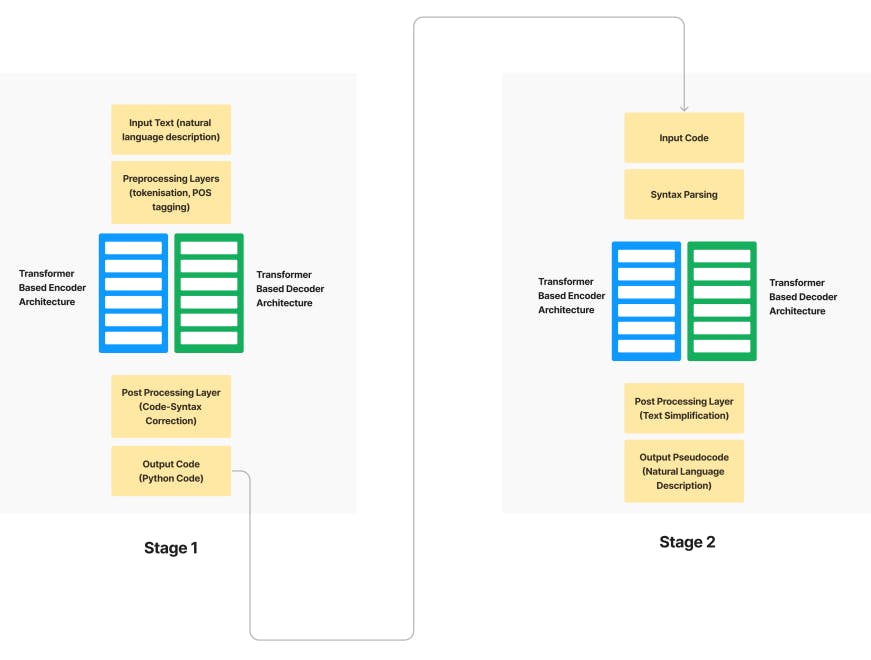176 reads
Transforming Text to Code: An Approach to Efficient Agile Development
by
July 7th, 2024
Audio Presented by

UserStory uncovers the user-centered innovations that will shape tomorrow's experiences.
Story's Credibility

About Author
UserStory uncovers the user-centered innovations that will shape tomorrow's experiences.
